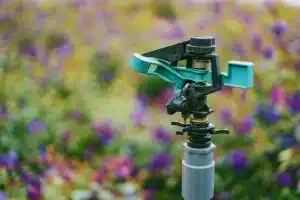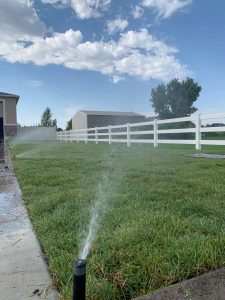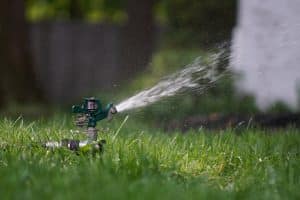Many lawns can grow pretty well in Utah with no need to apply fertilizer. But, if you wish to improve the overall appearance and health of your lawn, fertilizer application can be a great way to make sure that your grass receives all the necessary nutrients for it to stay green, lush and healthy.
The correct use fertilizer in your lawn can keep it in great condition while encouraging dense and strong growth of grass. Fertilizing your lawn will not just enhance its appearance as it will also help the grass recover from the normal wear and tear as well as the effects of harsh weather conditions.
Properly fertilizing your lawn with the use of a balanced nutrient program will prevent your lawn from turning thin, patchy and weak that can make your grass more prone to weeds and moss. It is more likely for lawns in poor conditions to suffer from different diseases.
Steps to Fertilize Your Lawn
You can fertilize your lawn by hand although this process can be a bit difficult since it is hard to know if you have applied the correct amount. In general, it is more advisable that you use a spreader just like what most lawn care experts do. A spreader, as its name suggests, can help you spread the fertilizer uniformly across the surface to provide better results.
You can choose from different types of spreader available in gardening stores. Handheld or shoulder spreaders are great for gardens. These are easy and simple to use and are not the standard rectangular shape. Mechanical push-along spreaders can be used as well. These are spreaders more suitable for larger gardens where you need to spread lots of fertilizer.
The rotary spreaders feature a spinning mechanism that sprays or throws the fertilizer while the drop spreaders have tiny holes in the underside from where the feed drops to the grass. You can spray liquid fertilizer directly over the lawn surface and works great for demand feeding in places that require more nutrients.
It is ideal that you feed the lawn right after mowing since it gives grass more time to absorb nutrients prior to the next mow. If lawn is mowed after applying fertilizer, you can remove the fertilizer before it gets the chance to properly sink in.
Dry turf should never be fertilized. The soil must have enough moisture so that the grass plants can absorb the nutrients. During those days when the weather is particularly dry and hot, it is best that you wait until a good amount of rain arrives before you feed your lawn. Most lawn care experts also suggest that fertilizer requires watering in following the application make sure that the feed gets absorbed properly.
Make sure that you also spread the correct amount fertilizer in your lawn. Excessive fertilizer can end up scorching or burning your grass that can leave it blackened or shriveled. Fertilizer might also scorch or burn your grass when your lawn is fed if the soil doesn’t have enough moisture, such as during dry months of summer.




